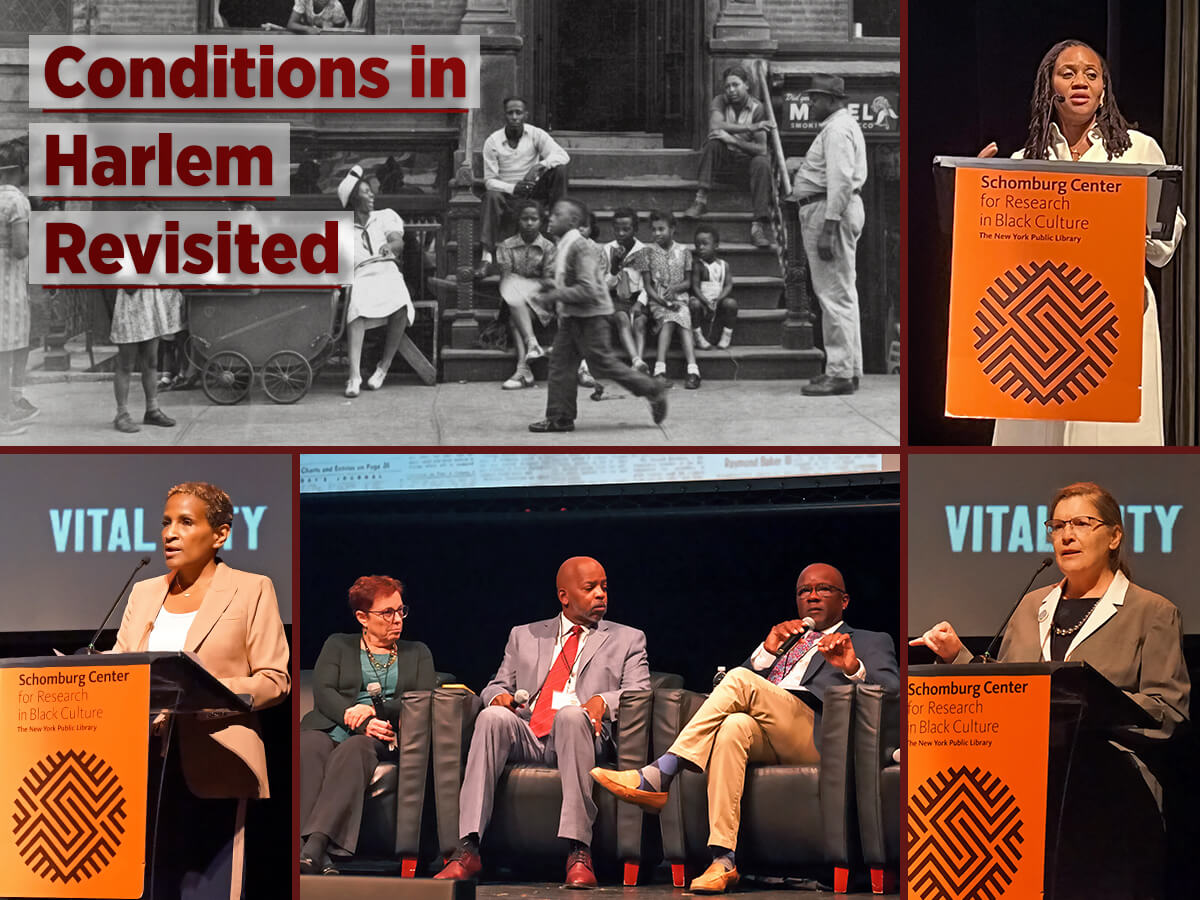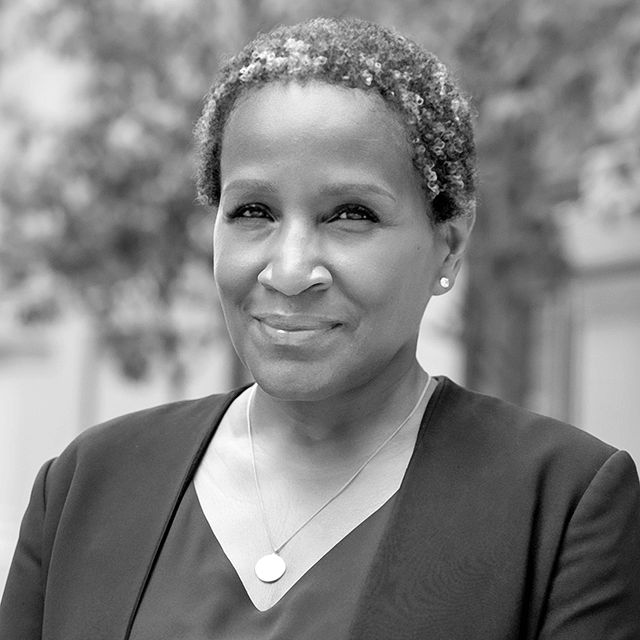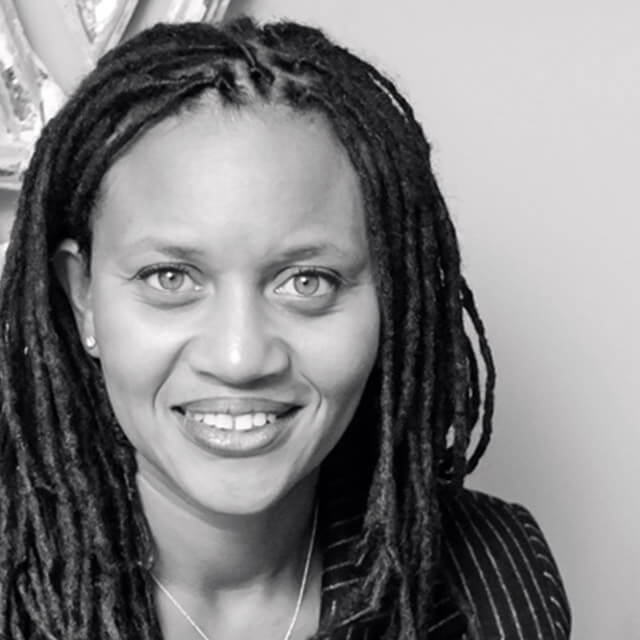The need for affordable housing emerged as a consistent theme at a community convening about the 1936 report and a current survey of 62,000 New Yorkers.
NEW YORK, N.Y. — Harlemites convened with city, state and national leaders on September 20 at the Schomburg Center for Research in Black Culture in Harlem to discuss how the lessons of the past can shape the progress that is needed now for Harlem and New York’s Black community. The inspiration for the conference, titled “Conditions in Harlem Revisited: From the 1936 Mayor’s Commission Report to Today,” is a report by a commission of Harlem leaders that was submitted to New York City Mayor Fiorello LaGuardia in the wake of civil unrest in 1935, but not released at the time. Tuesday’s conveners also discussed current-day concerns gathered from 62,000 New Yorkers by the NYC Speaks initiative, in partnership with the Administration of Mayor Eric Adams.
“This year offered a perfect opportunity to focus on the [1936] report and ask: What if? What if it had been released? What if some of that hard-hitting analysis was actually acted upon?” Pauline Toole, Commissioner of the New York City Department of Records and Information Services (DORIS), explained. “We are emerging now from the COVID shutdown, thank God. The City’s second Black mayor has an ambitious agenda to make structural changes that address underlying disparities and this is a time that we can learn from our past.”
Video Recordings
Morning Session
Afternoon Session
More about the convening
What concerned Harlemites in 1936
In a series of panel discussions, scholars, advocates, residents, and researchers addressed the key focus areas from the 1936 report: Justice, Education, Housing, Employment, Healthcare, and Social Services. Nearly 90 years ago, Harlemites were concerned with under-resourced schools, job discrimination, struggling hospitals, unsafe neighborhoods, unjust policing, inadequate healthcare services and housing that was dilapidated and too expensive. “Many parts of the report read like they could have been written today,” observed Rosemonde Pierre-Louis, the Executive Director of the NYU McSilver Institute for Poverty Policy and Research, during introductory remarks. Fortunately, the insights shared in the report were published at the time by the New York Amsterdam News, a Black-owned news outlet.
What concerns Harlemites now
The top 3 concerns of current-day Harlemites who were surveyed through NYC Speaks include public safety, employment and housing, said Dr. Shango Blake, Co-Executive Director of the public-private initiative. “And interestingly enough, the throughline between these 3 was housing,” he added. “When asked ‘How can the government make your neighborhood safe,’ Harlem residents said, ‘Build more affordable housing and reduce homelessness.’” Other solutions offered up by local residents included employment programs for justice-involved people, better pay for teachers, more accountability for law enforcement and rent stabilization. Young people asked for more mental health services in schools.
Among the panelists during the day were Commissioner of the New York State Department of Health Dr. Mary Bassett, Commissioner of The Mayor’s Office of Equity Sideya Sherman, Chief Equity Officer at the NYC Department of Health and Mental Hygiene Dr. Torian Easterling, New York Urban League President Arva Rice, Harlem Community Development Corporation President Curtis Archer, Greater Harlem Chamber of Commerce President Lloyd Williams and Roosevelt House Director of Public Policy Basil Smikle. The sessions attracted over 700 registrants in person and online.
Public safety concerns and solutions
New York City Deputy Mayor of Strategic Initiatives Sheena Wright moderated the last panel of the day, on public safety. “What was very interesting to me at the time was that the police commissioner refused to participate….So that tells you a lot,” she said. The appointment of the first-ever Black woman New York City Police Department Commissioner, Keechant Sewell, “is meaningful in terms of representation and lived experience,” added Wright. “And we have a mayor who was a police officer for over 20 years and who fought within the police department for more equity and more justice, not only for the communities that the police are charged with keeping safe, but for the officers and for the mobility and representation of officers within the force.”
With different leadership comes a different approach, said the Deputy Mayor. “The [Adams] administration really is deeply looking at public safety and justice as not things that are opposing points of view but intertwined, understanding and appreciating that some of the symptoms that we are experiencing—whether it’s gun violence or a rash or rise of other crimes—really are the result of root causes.” Economic injustice and structural racism are at the heart of the lack of public safety in Harlem and elsewhere in the City of New York, she said.
Iesha Sekou, CEO and Founder of Street Corner Resources, says she is seeing more violence on the streets that she attributes to the pandemic. In particular, the founder of the youth-focused, anti-violence community organization is seeing more violence within families and against LGBTQ individuals. She said that a law enforcement response is important, and that she has experienced both good and bad behavior by police officers.
However, “We should demand that officers be accountable and work within police policy,” said Sekou. “What we’re seeing now because of guns is that some of them think that that means that you can go and do whatever you want under the guise of ‘We have to get guns off of the street.’ Yes we do, but they cannot use that to have rogue behavior.”
“Our community should not become like a prison,” she continued. “It should not make every young person that moves around—coming from school, going to play basketball — it should not make them wrong because our community is plagued in some ways with violence.”
Also speaking about police accountability, Rev. Frederick Davie, who is Senior Strategic Advisor to the President of Union Theological Seminary and the prior chair of the NYC Civilian Complaint Review Board (CCRB), observed, “It’s racial prejudice that’s at the root of the report of 1935 (sic) and it’s racial bias and racial prejudice that continue to haunt policing in this country.”
Davie called for increasing the authority of civilian oversight of the NYPD and allowing the board to have final authority on the cases that it adjudicates. He acknowledged recent reforms that have provided more authority for the CCRB, including the ability to initiate its own investigations and probe allegations of biased policing, racial profiling, and improper use of body cameras.
“If the people had confidence that the civilian agency that had oversight over the police department had the authority to enforce what it recommends then I think that would be a big step forward in increasing trust between the community and the people who serve them in the police department,” said Davie. He also proposes a residency requirement for the hiring of NYPD officers going forward and incentivizing those who do not live in the City to come back to live.
What comes next?
Closing out the conference, Deputy Mayor Wright gave this charge to the audience: “Eighty-six years from now, what will history say about what we did and what we were able to do in terms of making sure that there was social justice and equity for people of color here in the city of New York?”
“It’s on us to figure out what we do. It is a shared responsibility. It certainly is one that the Eric Adams administration takes very seriously and I would endeavor that 86 years from now that history will say we moved the needle in significant and meaningful ways.”
Conditions in Harlem Revisited was convened through collaboration by the New York City Department of Records and Information Services, the NYU McSilver Institute for Poverty Policy and Research, the Schomburg Center for Research in Black Culture – New York Public Library, Vital City, NYC Speaks, and the Office of the Deputy Mayor for Strategic Initiatives.
Learn more about the 1935 events in Harlem and the LaGuardia Commission at the NYC Department of Records and Information Services.
View the Harlem Conditions project website to take a deeper dive into the subject and conference details.
Download a full program with bios for every speaker (PDF).


